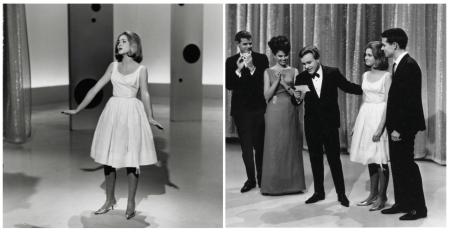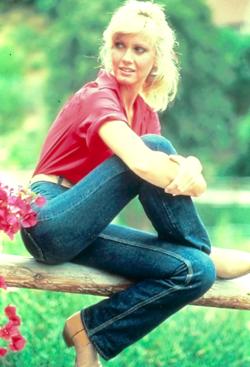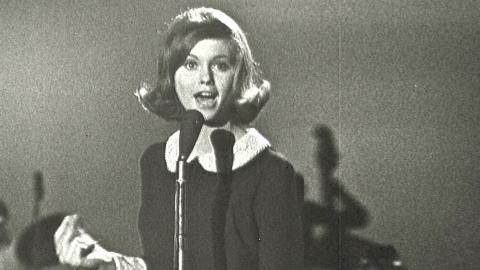Olivia Newton-John was one of the biggest Australian stars to ever make a successful international career. Whether it was in music, movies, as an entrepreneur or as an advocate for breast cancer research, she left an indelible mark on the world around her.
Olivia was born in Cambridge in the United Kingdom in 1948. At the age of 5, her family emigrated to Melbourne when her father was appointed master of Ormond College at the University of Melbourne.
Star in the making
In 1964 and 1965, she began to focus on a career as a performer and appeared on local television shows including Time For Terry and the children’s movie, Funny Things Happen Down Under. She also appeared on a now-forgotten show called Boomeride.
In 2018 the NFSA acquired episode 7 of Boomeride, which featured Olivia in what is believed to be one of her earliest-known surviving live musical appearances. Unlike other shows of the time that featured lip-synched performances, this show had vocalists sing live with a 4-piece band. In this clip from the show, she sings ‘Crawl Baby Crawl’:






